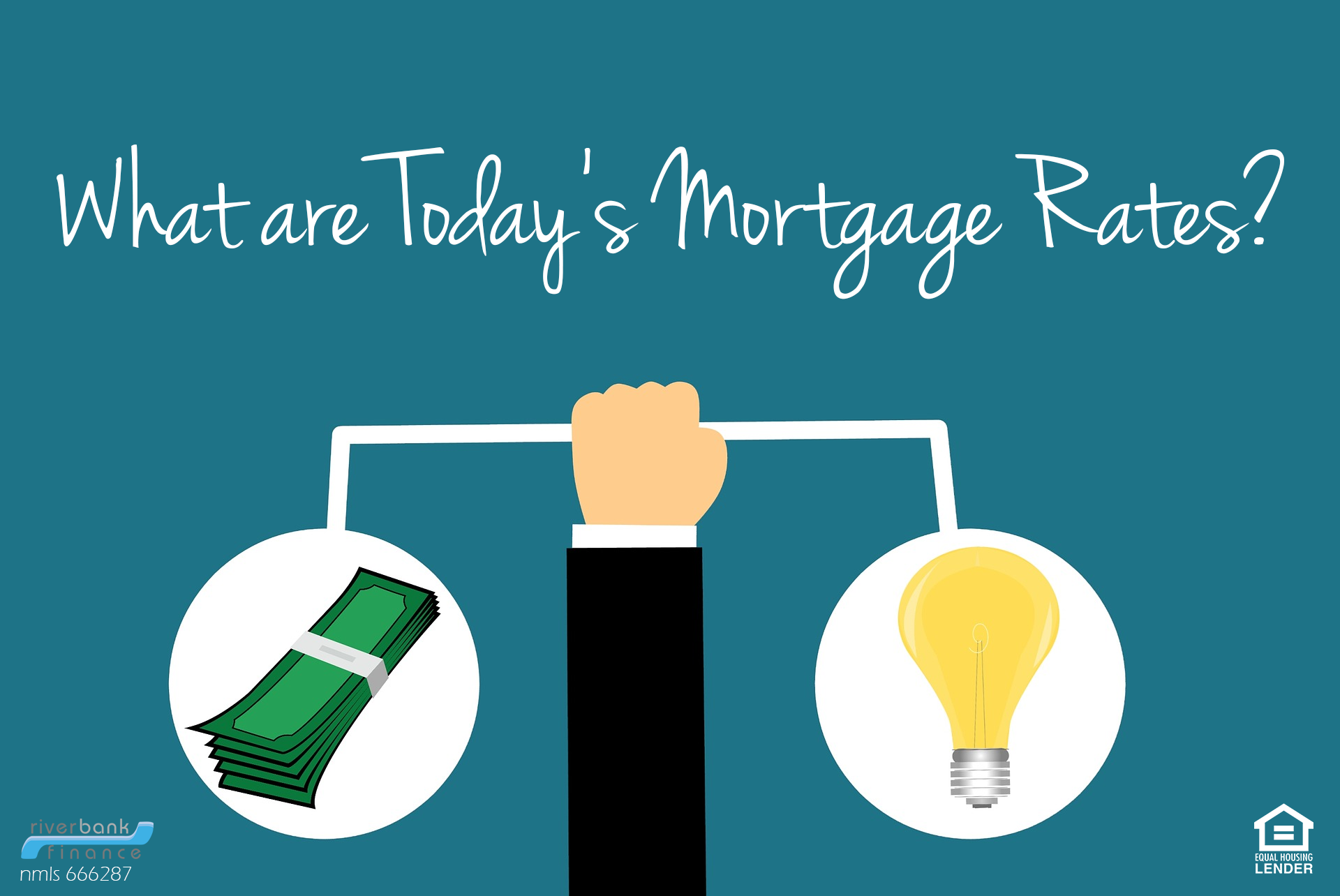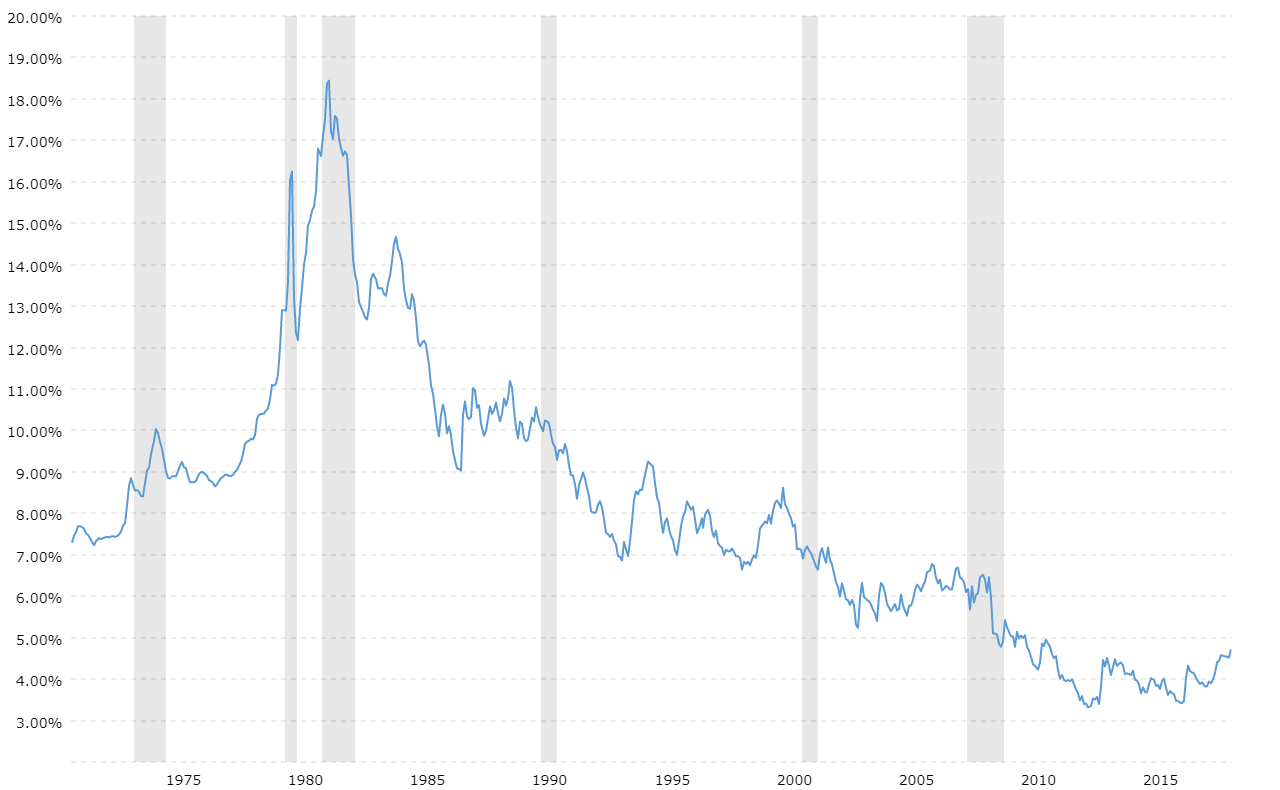It may feel like longer to some, however it was just a years ago that a catastrophic housing crisis ruined the lives of many Americans, with results that still exist today. As we approach the 10-year anniversary of Lehman Brothers' collapse and the Great Economic downturn, we should have a look back at the subprime mortgage crisis.
If the prime rate for a home loan is what is offered to people with great credit and a history of dependability, subprime is for those who have struggled to meet those requirements. Individuals who are approved of subprime home mortgages traditionally have low credit history and issues with financial obligation. There is no specific established number, however a FICO rating listed below 640 is generally viewed as subprime for a loan like a home loan. NINJA mortgages were released with no independent confirmation of the borrower's capability to repay the loan. Unsurprisingly, much of these customers ended up being not able to pay their mortgages. Low underwriting requirements cultivated an environment where people who postured a genuine credit danger were able to acquire home mortgage.
In truth, unique home loan were developed just for borrowers who were unable to come up with the cash for a down payment. Under a so-called "piggyback" loan, a home mortgage loan provider would issue one loan to cover the down payment and closing expenses, and after that a 2nd loan to cover the house's purchase price.
Inappropriate home loan loaning practices http://www.prweb.com/releases/2012/8/prweb9766140.htm played a large function in the financial collapse. However, this is still not the entire story. In reality, activities in property and secondary monetary services markets contributed a great deal to the bigger financial issues the country experienced throughout the economic downturn. To begin with, homes were being assessed at exceedingly high values, inflating property prices throughout the nation.
This caused inflated housing worths to distribute in property markets. In turn, customers took out loans for amounts that were more than the houses were worth in the open market - what act loaned money to refinance mortgages. Some have actually even argued that appraisers' overvaluation of houses was the genuine root of the financial crisis. Securitization of mortgage might have been the straw that broke the camel's back.
The 3-Minute Rule for What Happens To Bank Equity When The Value Of Mortgages Decreases
Securitization is the practice of transforming properties like home loans into securities like stocks and bonds by pooling possessions together and gathering routine earnings streams from http://crweworld.com/article/news-provided-by-accesswire/1677148/deadline-for-scholarship-opportunities-from-wesley-financial-group-approaching the newly-formed securities. The financial sector started securitizing home mortgages in the late 1980s. Doing so enabled loan providers to mitigate a few of the threat of providing subprime loans since the financial obligation was pooled and re-issued to securities financiers.

This process was immensely lucrative, and loan providers believed they would profit no matter whether any one debtor entered into default. find out how many mortgages are on a property. After all, if they didn't generate income off of the loan, they could still make money by releasing securities or by selling the home through foreclosure if the debtor defaulted.
As an outcome, banks started increase the profitable practice of securitizing mortgage and selling collateralized debt responsibilities. Obviously, the principle of spreading the danger just works when the majority of the loans are paid back. If too expensive a portion of the loans are defaulted on, the securities' values plunge.

These losses triggered the failure of big investment banks like Bear Sterns and Lehman Brothers and the failure of Indymac, among the largest home mortgage originators in the United States. Congress enacted the Dodd-Frank Act in action to these conditions with the intent of preventing a similar catastrophe in the future.
Dodd-Frank upgraded home mortgage loaning practices, increased oversight of banks and credit ranking firms, and consisted of a whistle-blower arrangement that supplies financial reward for the reporting of securities infractions. The Dodd-Frank Act was a far-reaching law, and it consisted of the Mortgage Reform and Anti-Predatory Lending Act, in addition to the Customer Financial Defense Act.
Getting My How Did Mortgages Cause The Economic Crisis To Work
Even more, it customized elements of Guideline Z and modified elements of the Reality in Financing Act. The Act required begetters to prioritize the customer's ability to pay back the loan throughout the application process. Likewise, lending institutions are required to make a "excellent faith determination as to a customer's capability to repay the loan." This good faith decision required lenders to tighten their underwriting standards, hence getting rid of borrowers' ability to qualify utilizing gadgets such as stated earnings loans.
To combat predatory financing, the Consumer Financial Defense Bureau passed the Know Prior to You Owe mortgage disclosure guideline, which is created to assist debtors comprehend their loans, and the accompanying documents they sign (what were the regulatory consequences of bundling mortgages). To cultivate this reward, the Bureau streamlined traditional home mortgage disclosure kinds and created standardized industry practices that were more transparent.
The Dodd-Frank Act alleviated a good deal of unnecessary risk in realty loaning markets and moved some of the staying threat of default from house owners to loan providers. Under the law, lending institutions sponsoring asset-backed securities should keep a minimum of 5 percent of the associated credit danger. Many think this requirement will lower lenders' determination to release subprime loans.
Dodd-Frank Wall Street Reform and Consumer Protection Act, Club. L. No. 111-203, 929-Z, 124 Stat. 1376, 1871 (2010) (codified at 15 U.S.C. 780).
The U.S. is not about to see a rerun of the real estate bubble that formed in 2006 and 2007, precipitating the Fantastic Recession that followed, according to experts at Wharton. More prudent financing norms, increasing interest rates and high house rates have kept demand in check. However, some misperceptions about the essential motorists and impacts of the housing crisis continue and clarifying those will guarantee that policy makers and market players do not duplicate the exact same errors, according to Wharton realty teachers Susan Wachter and Benjamin Keys, who recently took an appearance back at the crisis, and how it has actually influenced the present market, on the Knowledge@Wharton radio show on SiriusXM.
What Percent Of People In The https://www.newsbreak.com/news/2056971864782/franklin-firm-wesley-financial-launches-insurance-agency Us Have 15 Year Mortgages for Beginners
As the mortgage finance market expanded, it attracted droves of new players with money to lend. "We had a trillion dollars more entering the mortgage market in 2004, 2005 and 2006," Wachter said. "That's $3 trillion dollars entering into mortgages that did not exist prior to non-traditional mortgages, so-called NINJA home loans (no earnings, no task, no assets).
They also increased access to credit, both for those with low credit ratings and middle-class property owners who wanted to get a 2nd lien on their home or a house equity credit line. "In doing so, they produced a great deal of take advantage of in the system and introduced a lot more risk." Credit expanded in all directions in the build-up to the last crisis "any direction where there was appetite for anybody to obtain," Keys said.